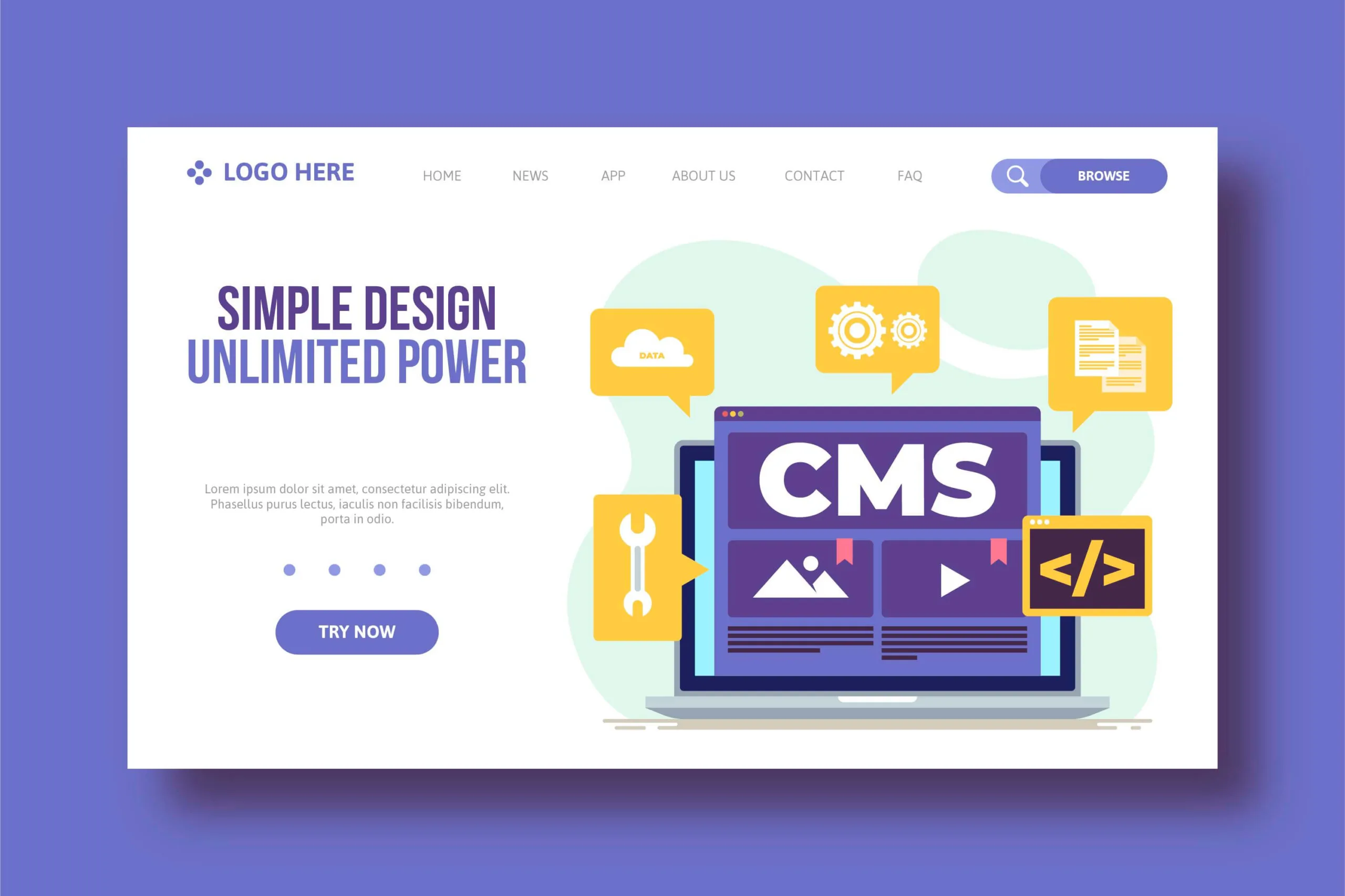So, you’ve learned about the power of semantic HTML for SEO and are eager to implement it on your website. That’s fantastic! But before you dive in, it’s important to be aware of some common semantic HTML mistakes that can sabotage your efforts.
Semantic HTML isn’t just about using the right tags; it’s about using them correctly and consistently. Even small errors in your code can confuse search engines, leading to lower rankings and reduced visibility. Let’s explore some of the most frequent semantic HTML mistakes web designers make and how to avoid them, ensuring your website is primed for SEO success.
7 Common Semantic HTML Mistakes to Avoid

- Overusing H1 Tags
- The Issue: Using multiple H1 tags on a single page is like shouting multiple headlines at once. It muddles the content hierarchy for search engines, making it difficult for them to determine the primary focus of your page.
- The Fix: Reserve your H1 tag exclusively for the main title or heading of the page. Use H2s and H3s (and so on) for subheadings and further subsections. This creates a clear hierarchy that both users and search engines can easily understand.
- Skipping Heading Levels
- The Issue: Jumping from an H2 heading directly to an H4 disrupts the logical flow of your content and makes it harder for search engines to understand the relationship between different sections. It’s like skipping chapters in a book.
- The Fix: Ensure headings are nested in a logical order (H1, H2, H3, H4… etc.). This creates a clear outline of your content, helping readers and search engines navigate it easily.
- Using Headings for Visual Styling
- The Issue: Heading tags should indicate the importance of a section, not just its visual appearance. Using H tags to make text larger or bolder misleads search engines about the content’s hierarchy. It’s like putting a huge sign on a side street and a small one on the main highway.
- The Fix: Use CSS (Cascading Style Sheets) to control the visual appearance of your headings. This allows you to make them visually appealing without sacrificing semantic meaning.
- Neglecting Descriptive Alt Text for Images
- The Issue: Skipping the alt attribute in image tags (<img>) is a common semantic HTML mistake. It leaves search engines in the dark about the content of your images, missing out on valuable SEO opportunities.
- The Fix: Always provide accurate and descriptive alt text that concisely describes the image content. This not only helps with accessibility for users with visual impairments, but it also allows search engines to index and understand your images better.
- Misusing the <div> Tag
- The Issue: While <div> tags are useful for grouping elements, overusing them can lead to a lack of semantic meaning in your HTML structure. Search engines rely on semantic tags to understand the role of different content sections.
- The Fix: Replace generic <div> tags with more specific semantic tags like <article>, <section>, <header>, <footer>, and <aside> to provide more context and meaning to your content.
- Ignoring the <nav> Tag for Navigation
- The Issue: Not using the <nav> tag to wrap your navigation menu can make it difficult for search engines to identify your site’s main navigation links, potentially impacting how they crawl and index your website.
- The Fix: Wrap your primary navigation menu within a <nav> tag to clearly indicate its purpose to both users and search engines.
- Not Validating Your Code
- The Issue: Even small errors in your HTML can cause problems for search engines. Invalid code can lead to misinterpretations of your content, negatively affecting your SEO.
- The Fix: Regularly use tools like the W3C Markup Validation Service to check your code for errors and ensure it adheres to semantic HTML standards.
Conclusion
Avoiding these common semantic HTML mistakes is a crucial step in optimizing your website for search engines. By crafting clean, well-structured code, you’ll create a website that’s not only user-friendly but also more easily understood by search engine crawlers, leading to better rankings and increased visibility.
Need help cleaning up your website’s code or implementing a robust semantic HTML strategy? Edens Digital offers comprehensive web development and SEO services. Contact us today for a consultation!





